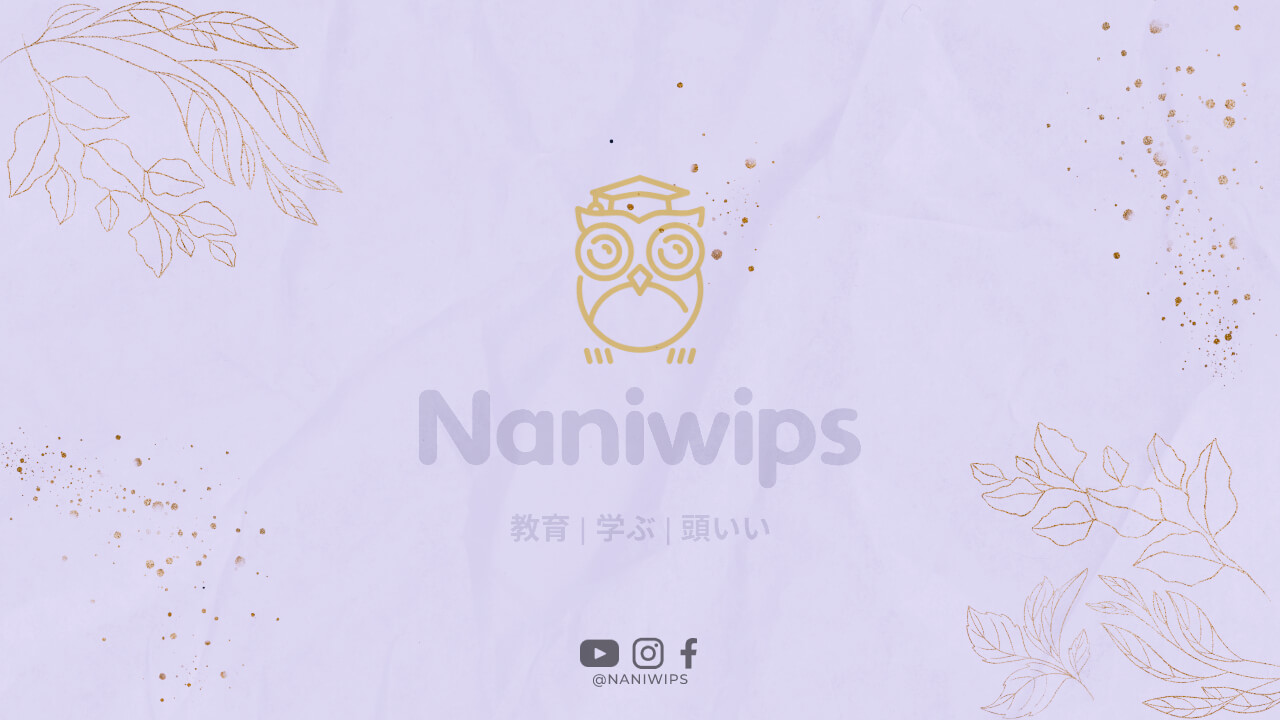俳句先生 (Haiku Sensei) is a term used to describe a master of the traditional Japanese poetry form, Haiku. Haiku poetry is a succinct and profound form of poetry that has been practiced in Japan for centuries. The poetry form consists of three lines that are usually written in a 5-7-5 syllable pattern.
The History of Haiku Poetry
The history of Haiku poetry can be traced back to the 17th century in Japan. It was originally called hokku and was the opening stanza of a collaborative linked-verse poem known as renga. The hokku gradually gained popularity and evolved into an independent poem form known as haiku.
During the Meiji period in Japan (1868-1912), haiku became popular among the common people. It was often used as a means of communication and expression. Haiku poets would gather in groups to recite and critique each other’s poems, which eventually led to the establishment of haiku schools and the recognition of haiku masters.
The Characteristics of Haiku Poetry
Haiku poetry is known for its brevity, simplicity, and focus on nature. The poems often include a seasonal reference, a juxtaposition of two contrasting images, and a sense of surprise or enlightenment.
Haiku poetry also emphasizes the use of kigo, which are words or phrases that indicate the season. For example, “cherry blossoms” might indicate spring, while “snowflakes” might indicate winter.
The Role of the Haiku Master
The role of the haiku master, or 俳句先生, is to guide and mentor aspiring haiku poets. The haiku master has a deep understanding of the principles of haiku poetry, as well as a keen eye for detail and an appreciation for nature.
The haiku master often leads haiku workshops and critiques the work of his or her students. The master also serves as a source of inspiration and encouragement for the students, helping them to refine their craft and develop their own unique style.
Famous Haiku Masters
There have been many famous haiku masters throughout history. Basho (1644-1694) is often considered the father of haiku poetry. He is known for his simple and elegant poems that capture the essence of nature.
Other famous haiku masters include Buson (1716-1784), who was known for his vivid and colorful imagery, and Issa (1763-1828), who was known for his humorous and heartfelt poems.
Haiku Poetry Today
Haiku poetry continues to be a popular form of poetry today, both in Japan and around the world. Many poets have adapted the traditional form to suit their own style and culture, creating haiku that are both modern and timeless.
Haiku poetry is often used in schools as a means of teaching children about nature, language, and culture. It is also used in therapy and mindfulness practices, as the brevity and simplicity of the poems can help to calm the mind and bring a sense of peace.
Conclusion
俳句先生, or the haiku master, plays an important role in the development and preservation of haiku poetry. The master’s guidance and expertise help to ensure that the principles and traditions of haiku poetry are passed down from generation to generation.
Haiku poetry continues to be a beloved and respected form of poetry, both in Japan and around the world. Its focus on nature, simplicity, and enlightenment speaks to the human experience and provides a connection to the world around us.



